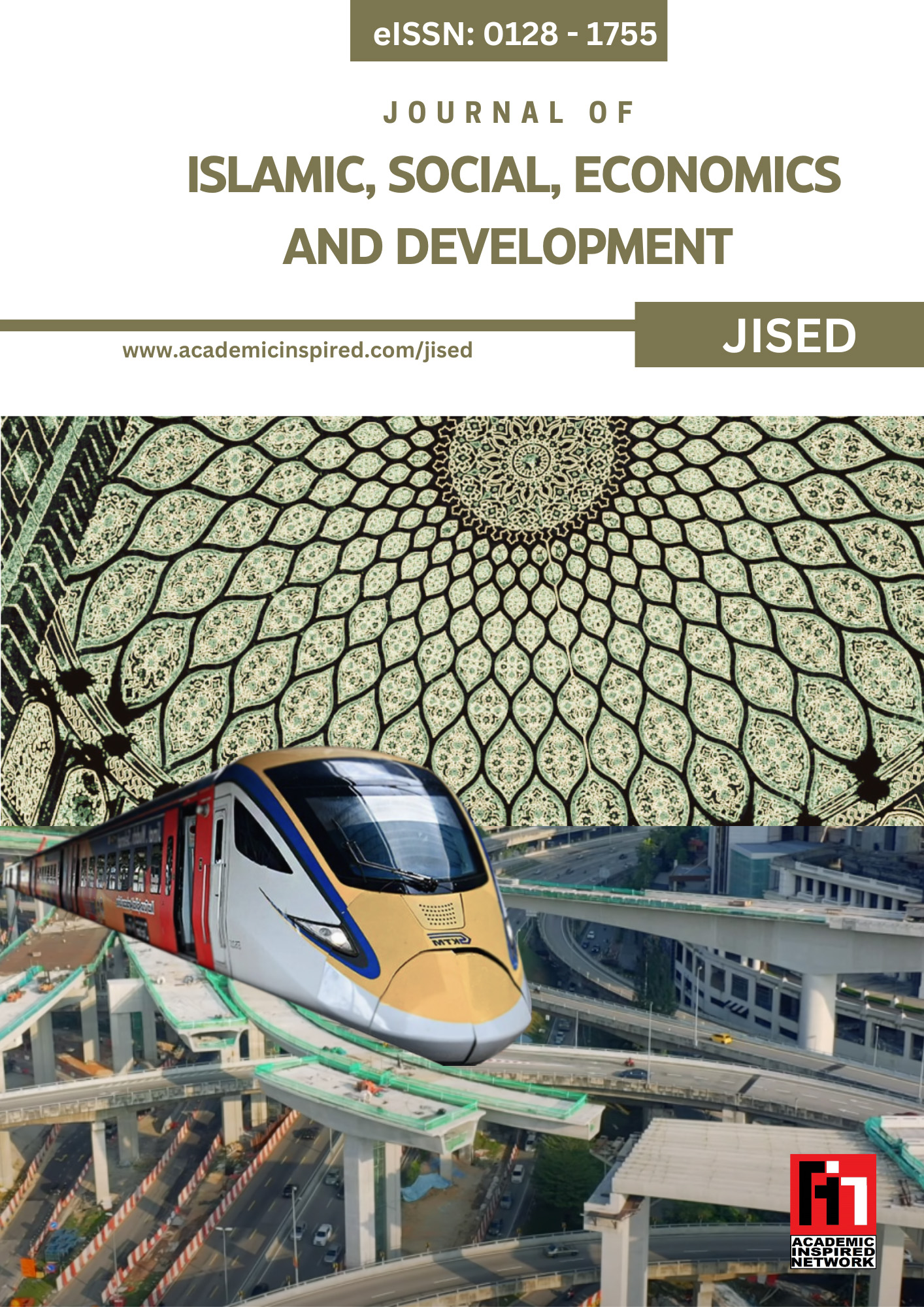Symbolism and identity: A comparative semiotic analysis of national day logos in Islamic countries and their reflection of Islamic values
Keywords:
National Day logos, Islamic symbolism in design, Visual identity in Islamic countries, Islamic art and design, SemioticAbstract
This study examines the role of National Day logos in Islamic countries as visual representations of national identity intertwined with Islamic symbolism. Through a comparative analysis of selected logos from Saudi Arabia, Malaysia, the United Arab Emirates, Egypt, and Indonesia, the study explores how these visual designs embody key Islamic values such as unity (Ummah), excellence (Ihsan), and remembrance (Dhikr), as reflected in the Quran. Rooted in Islamic artistic traditions of calligraphy, geometric patterns, and symbolic colors (e.g., green and gold), these logos reveal a dynamic interplay between contemporary national identity and enduring Islamic principles. The aim of this study is to analyze how National Day logos incorporate Islamic visual elements and values, thereby reinforcing both religious and national identities in an increasingly globalized world. Methodologically, the research employs a qualitative case study approach, enabling in-depth examination through multiple data sources, including documents, archival materials, and visual analyses of selected logos. Findings highlight that National Day logos serve not only as celebratory symbols of national pride but also as vehicles of religious and cultural continuity, emphasizing unity and faith across Muslim nations. This research contributes to a deeper understanding of how modern design practices sustain Islamic identity in visual communication and opens new perspectives on the evolving relationship between Islamic art and national symbolism in contemporary design contexts.













